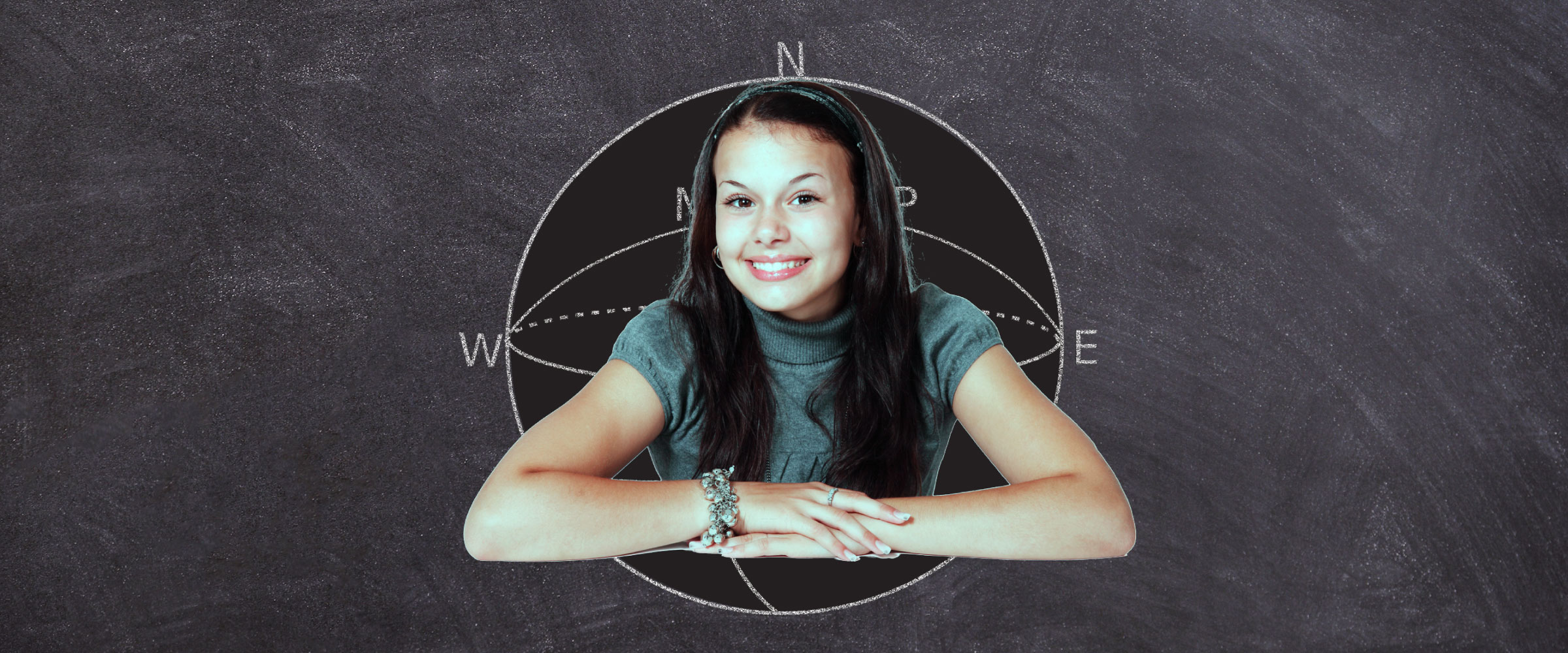Sure, in a perfect world, every student with autism would come to you on the first day of class with a clear understanding of what their strengths and challenges are, a list of accommodations they are seeking through the disabilities services office (DSO), and insight into which learning modalities are most effective for them.
However, in the real collegiate setting, this doesn’t always happen. In fact, for many autistic and neurotypical students, college presents a depth of challenges, course material, and independence that they likely haven’t had much experience with before. They may not have learned about or visited the DSO yet, and they might assume college classes will have the same built-in supports that they received through a 504 plan or IEP in high school. They might also feel confident that they are learning just fine and will not need any extra support.
This is where universal design, and other flexible educational frameworks for learning, such as The Flexible Framework, which promotes a “whole school” focus though trauma-sensitive approaches to classrooms and schools, can thrive.

First developed by Anne Meyer and David Rose, UDL aims to increase access to curriculum material through creating learning environments that can easily be shifted, adjusted, and enhanced to accommodate any one specific learner. What this means is that instead of waiting for a student to request classroom accommodations or exhibit need, the classroom is constantly utilizing various modalities of learning through different means of representation, expression, and engagement.
So, how can you implement UDL into your current classroom? Think about all the ways that you are currently presenting material, engaging with students, getting their feedback, and assessing them. If you can think of only one or two ways, you are missing out on the opportunity to reinforce concepts by presenting them in a variety of ways, as well as to gauge students’ retention and mastery of information through utilizing different assessment methods. With UDL, you increase the ways you are doing all of the above. And here’s the fun part, it doesn’t have to be standardized for every student.
There are some changes you can make that will be implemented for everyone enrolled: like turning on subtitles to a video you are presenting in class. This small change might help the people with slower processing speed, as well as those who have difficulty hearing or attending to information. These type of changes can be implemented any time you are teaching material. Add a group discussion to your lecture, attach an audio component to PowerPoints shared over Blackboard, use pictures and graphs to add a visual piece to written notes, and create a safe space for students to come to you with questions and concerns. Some changes can be specialized to certain students. While students are working on a robotics code, walk around the lab and discuss what is happening with different groups of students. Some will react positively to this added layer of conversation and attention and thus be inspired to think differently or try something new, ultimately mastering the material more fully.

Lastly, think critically about what current habits might be befitting one type of student over another. For example, open book tests might sound like a preferred mode of assessment for every single student. However, think about the advantage those with faster processing and reading speeds, better visual memory systems, and better attentional inhibition will have over their counterparts with slower processing or reading speed, less immediate recall of visual material they have seen, and a predisposition to becoming easily sidetracked while skimming written material. Using UDL doesn’t mean you have to give up standard ways of testing, but it does encourage offering an alternative. And alternatives give students accountability through choice. What if you were to offer two ways for students to demonstrate knowledge of important class concepts? What would it look like if students either opted to write a short paper, or develop a lesson plan or make a short explainer video, for example?
think critically about what current habits might be befitting one type of student over another
As highlighted by The Flexible Framework developers, a trauma-sensitive approach to support students who have experienced trauma while benefiting all learners, many of these changes are implemented best when they become part of the “core educational mission” of the school. Speak with your department chair, school administrators, and curriculum developers about how to integrate aspects of UDL and trauma sensitive policies into mandates currently in place. Can these resources be taught during professional development? Do any existing procedures contradict UDL values?
Also look for financial resources available to help with training programs, purchasing technology, or designing curriculum to meet UDL standards. For example, the Open Professionals Education Network provides grants to community colleges specializing in trade training, found at CAST here. Opportunities like this can help make learning about and implementing UDL less financially stressful on your college or organization. For more on UDL, check out these posts: Autism, STEM, and UDL: What is Universal Design for Learning?, Autism, STEM, and Universal Design for Learning (UDL): How to Support Variability in Learning Environments, and Take the “Dis” Out of “Disability”: Changing Perspectives About Autism.
What ways have you implemented universal design into your classroom?
If you are a student, which ways do you think classes could be improved, or have improved, by instructors who use aspects of UDL?
Please share in the comments below!
References:
Stairway to Stem: https://www.stairwaytostem.org/case-study-universal-design-for-learning-udl-and-autistic-students/ (for some specific ideas about setting up clearer syllabi and utilizing different assessment techniques).
CAST website: http://www.cast.org/our-work/about-udl.html#.XDpTy89KjjA
ASHA: American Speech-Language-Hearing Association: https://www.asha.org/SLP/schools/Universal-Design-for-Learning/




